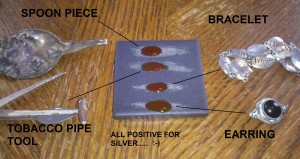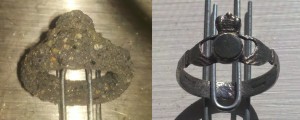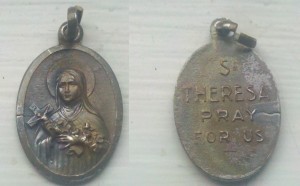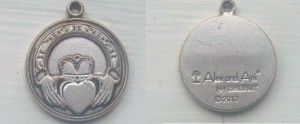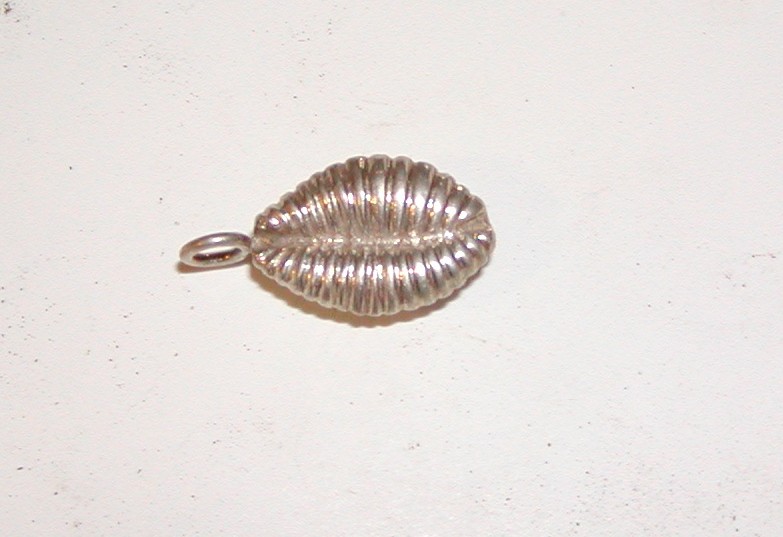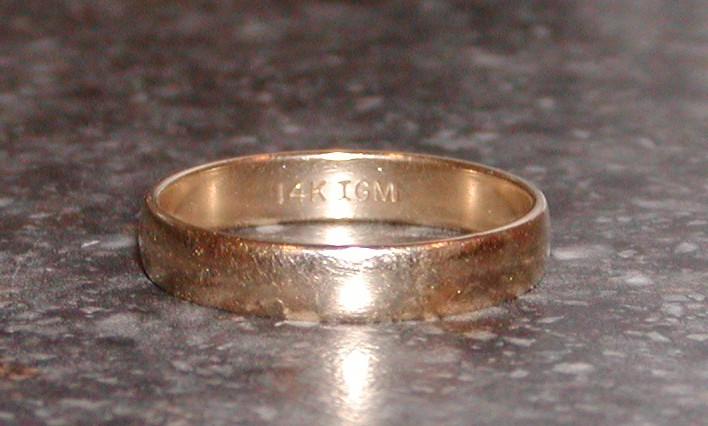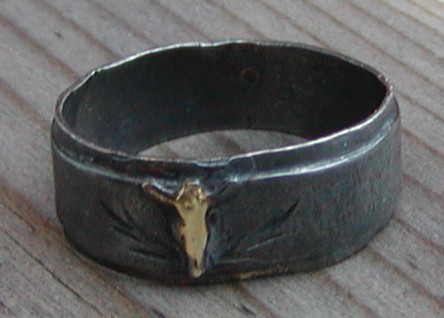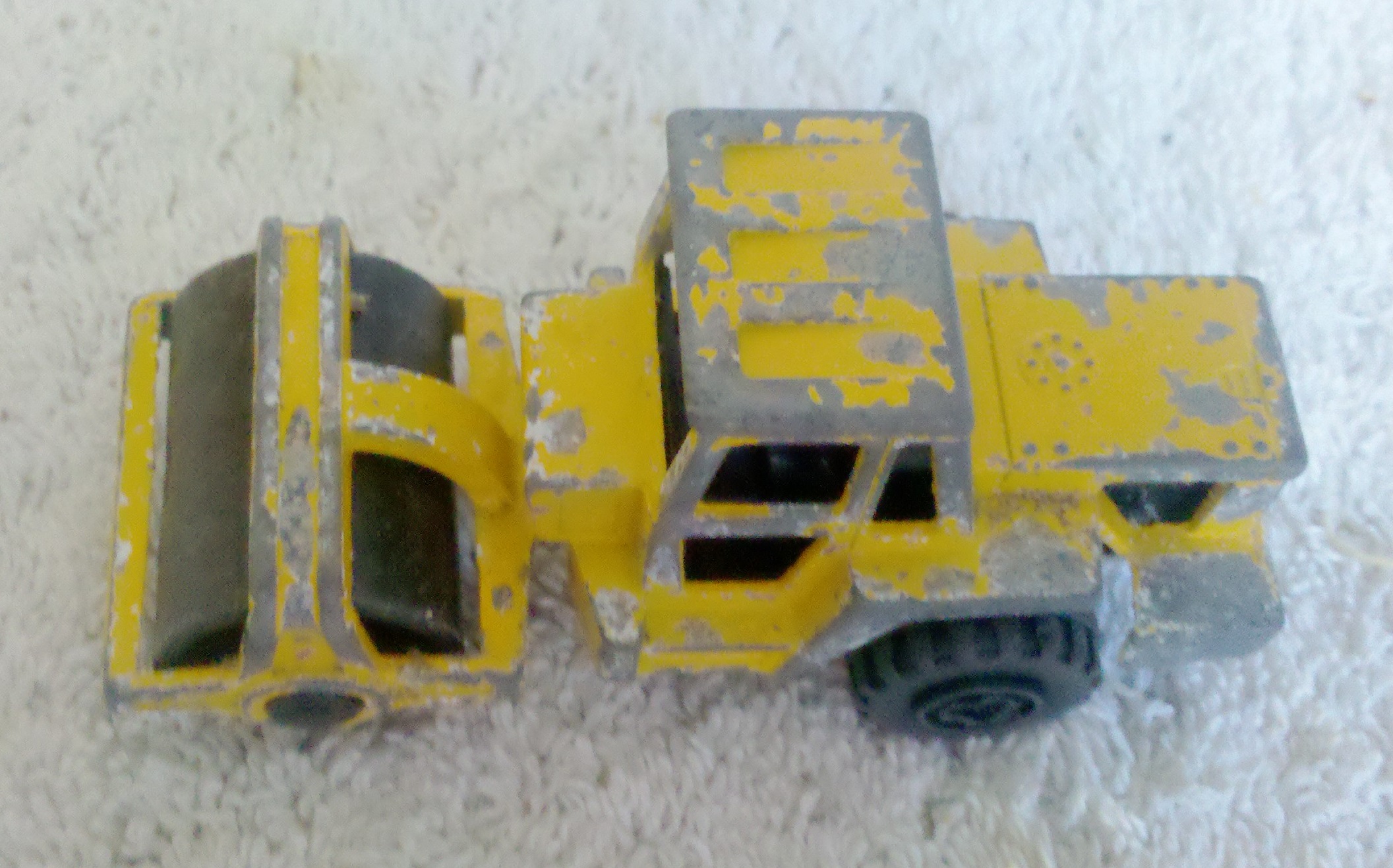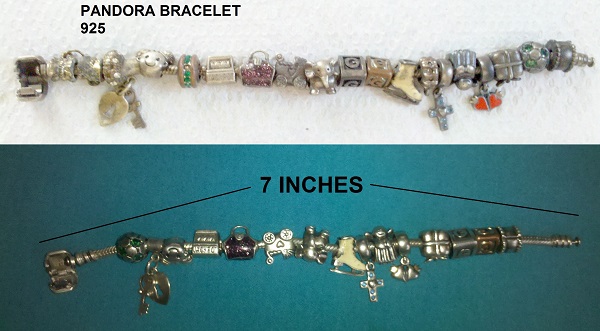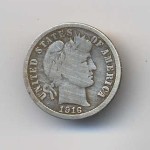All Metal: a non-discriminate control setting that accepts detection of all metal objects, including ferrous (i.e. iron-containing) ground minerals.
Audio ID: also known as tone ID, this metal detector feature identifies targets via a tone that corresponds to their conductivity.
Cache: a group of objects that has been intentionally hidden or buried.
Clad: a term for coins that are still in circulation. With clad coins, a surface metal covers or clads a base metal. Pennies, for example, used to be made from copper, but are now copper-clad zinc.
Coil: also known as the head, loop, or antenna, a coil is the metal-sensing part of a metal detector.
Coin Shooting: a slang term for coin hunting, or going detecting specifically in search of coins.
Concentric Coil: concentric means “having a common center.” Concentric search coils feature circular transmit and receive windings of unequal diameters that are aligned on a common center, producing a cone-shaped search matrix. If the wire coils/windings of a concentric coil are on the same plane, it’s referred to as coplanar concentric.
Conductivity: conductivity refers to how well a target allows electrical current to flow through it. For example, electrical currents freely flow around a highly conductive coin when energized by the electromagnetic field from a metal detector.
Discrimination: discrimination is a metal detector’s ability to identify buried targets based on conductive and/or ferrous properties. Based on measuring these properties, it is possible to determine valuable targets from junk targets so you can spend more time digging valuable targets.
Electromagnetic Field: an electromagnetic field is an invisible matrix created by electrically charged objects. In metal detectors, the electrical current moving through the transmitter coil of the search head produces an electromagnetic field, and this field extends to a depth perpendicular to the size of the coil. When the field encounters metals, they generate their own fields, which can be measured by a metal detector’s receiver coil.
Elliptical Coil: an ellipse is an extended oval shape resembling a flattened circle. A search coil in this shape is called an elliptical coil. Elliptical metal detector coils can be either concentric or widescan.
Ferrous: ferrous objects (targets) contain iron and therefore are attracted to a magnet (nails, tin cans, horseshoes, etc.). Many natural and man-made objects contain iron, most of these are junk targets, although some could be valuable relics. Non-ferrous materials do not contain iron. Good targets include coins, gold rings, and copper artifacts. Examples of junk targets are bottle tops, pull tabs, and aluminum foil.
Frequency: frequency refers to how fast a metal detector sends signals into the ground. Frequency is measured in Hertz (Hz). Certain frequencies detect certain targets better than others, e.g., high frequencies find very small targets while low frequencies find deeper/larger targets.
Ground Balance: soil often contains ground minerals, magnetic material composed of ferric oxide and other metals. These iron-bearing materials cause loss of depth in a metal detector. Ground balance is the ability to manually or electronically ignore/neutralize these signals (sometimes called ground tracking or ground reject).
Ground Mineralization: naturally occurring minerals in the ground that affect a metal detector’s performance. There are two main types of ground mineralization: one is due to iron particles and can be identified by its red coloration; the other is due to salt, such as salt water beaches. Iron particle mineralization causes the ground to become magnetic and salt mineralization causes the ground to become conductive. Both forms of ground mineralization can produce false signals that mask targets. The ground mineralization illustration shows minerals in the ground producing a response to the metal detector’s electromagnetic field.
Masking: masking occurs when ground minerals or buried objects interfere with the detection of a legitimate find, resulting in a mixed signal.
Matrix: the total detection area covered by a search coil’s electromagnetic field.
Notch: notch filtering or notch discrimination is used to create a range of accepted and rejected targets. Setting the notch level on your metal detector to discriminate against certain objects means tuning out or blocking a particular frequency band. This is called notch reject. Conversely, creating a notch window of accepted frequencies is called notch accept.
Null: when a metal or coin detector coil passes over targets that have been discriminated against or are outside of the accepted notch window, a metal detector’s threshold audio will go quiet or drop momentarily, i.e. go null.
Pinpointing: refers to the act of determining the precise location of a target. This can be accomplished by manually “detuning” a metal detector, or adjusting it to be less sensitive, and then sweeping the target response area again. Because the metal detector is less sensitive after detuning, an audio signal should provide a more exact location due to the strength of the signal.
Prospecting: treasure hunting with a metal detector in search of gold, silver, or valuables.
Relic Hunting: metal detecting in quest of objects that possess historical (and sometimes also monetary) value.
Sweep: the motion a metal detectorist employs when using a metal detector, it usually resembles the side-to-side movement used when sweeping a floor.
Target: any metal object that can be detected by a metal detector. A target can be either valuable, such as coins, or junk like a bottle cap.
Target ID: numbers and audio tones are produced by a metal detector to enable you to identify targets based on their conductive and/or ferrous properties.
Threshold: the threshold is essentially status quo for the listening detectorist. The threshold is a continuous, faint tone that provides an audible reference point for ground-balancing a detector. It also determines the minimum sound level for pinpointing targets, including deep targets in discriminate mode.


